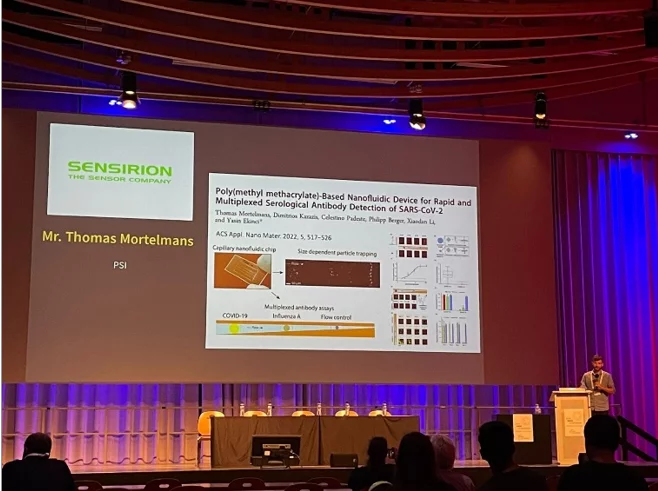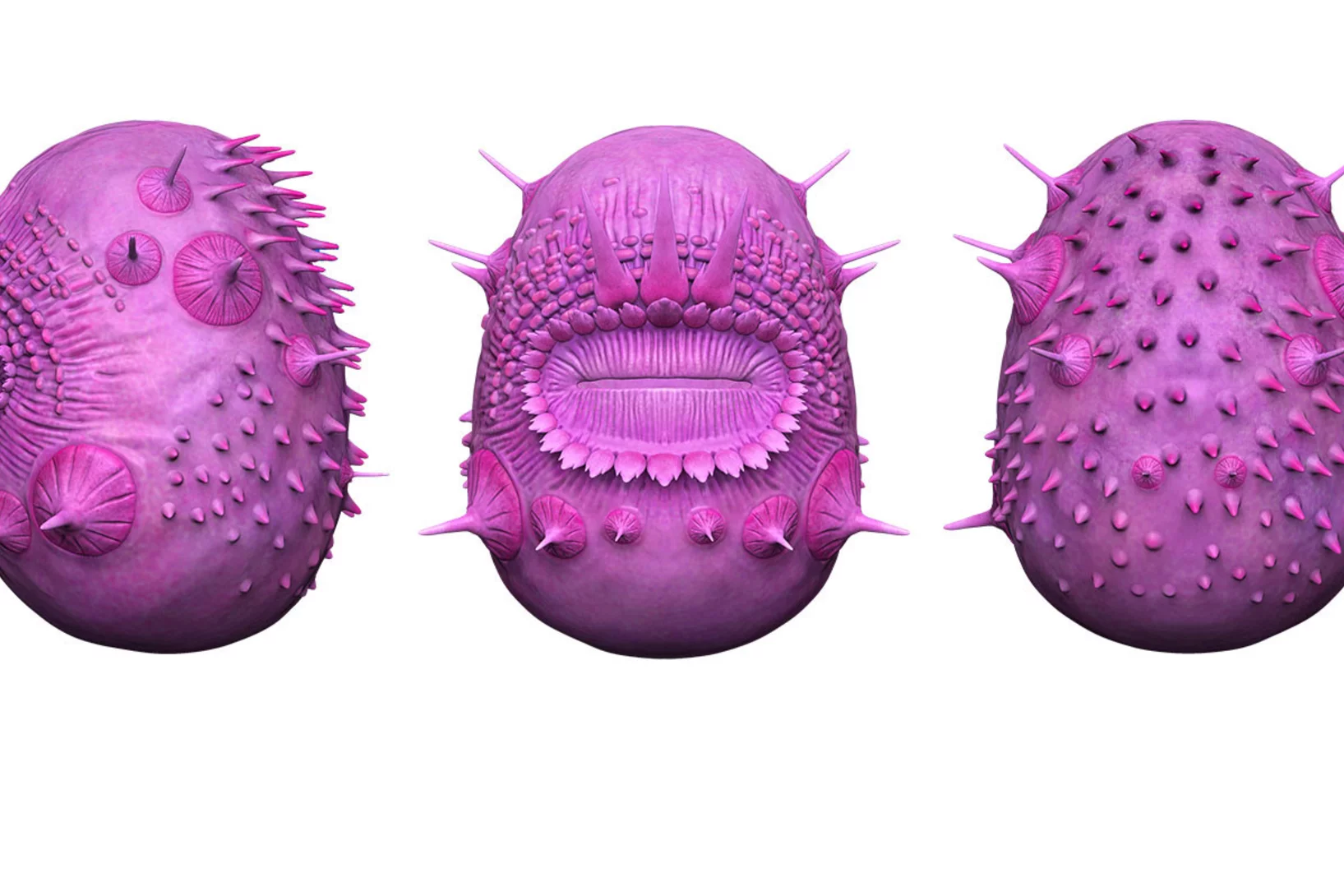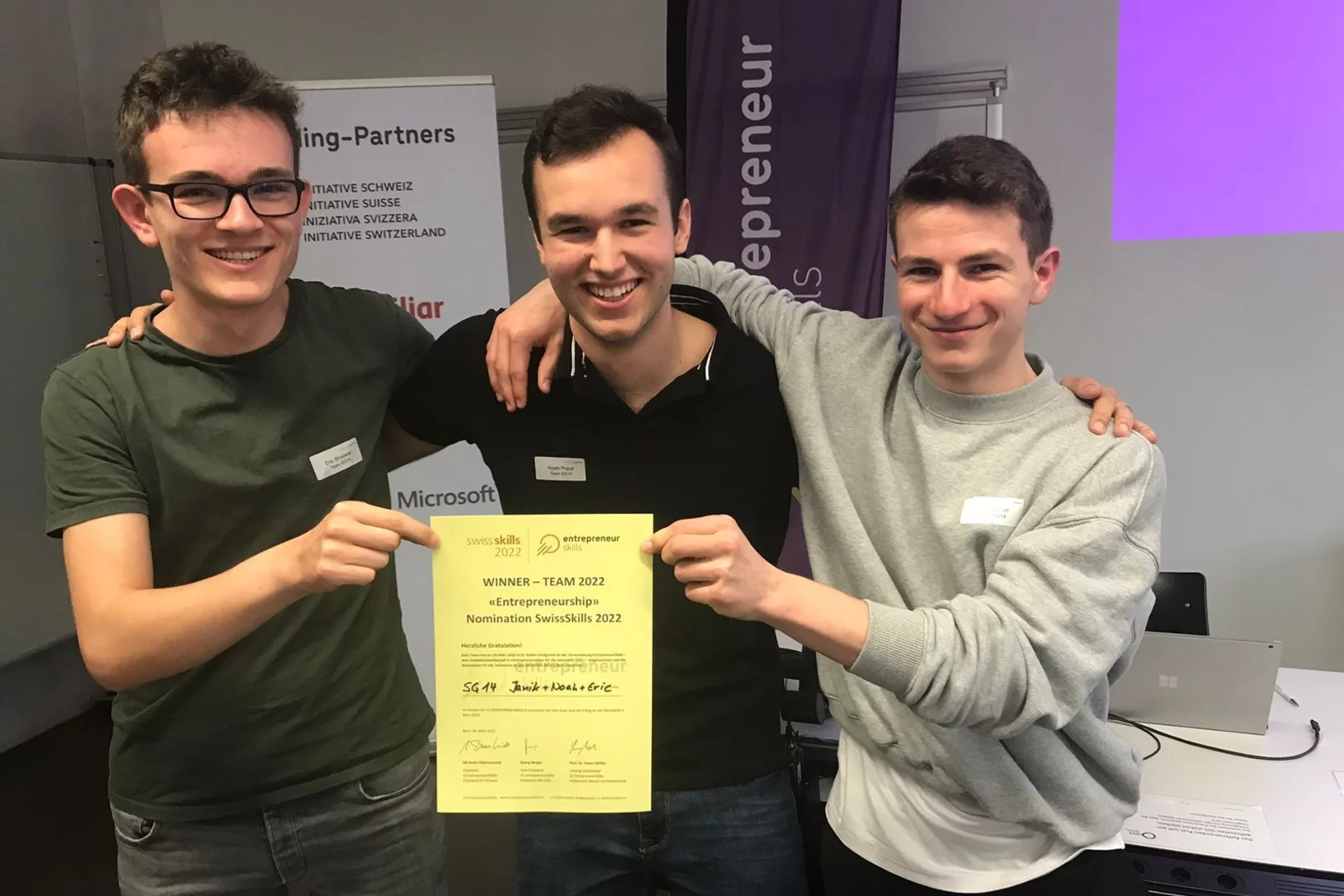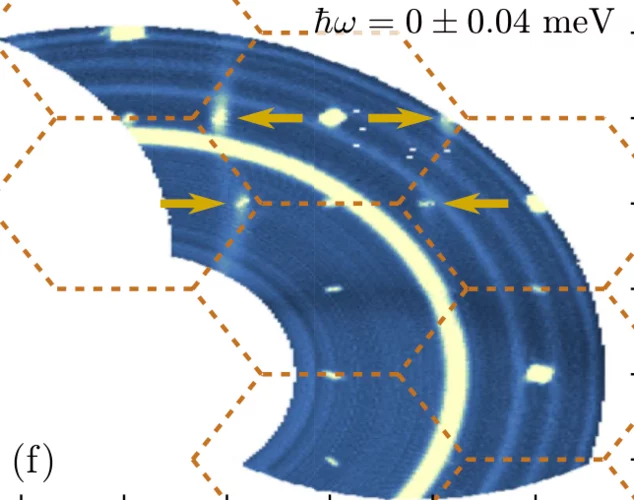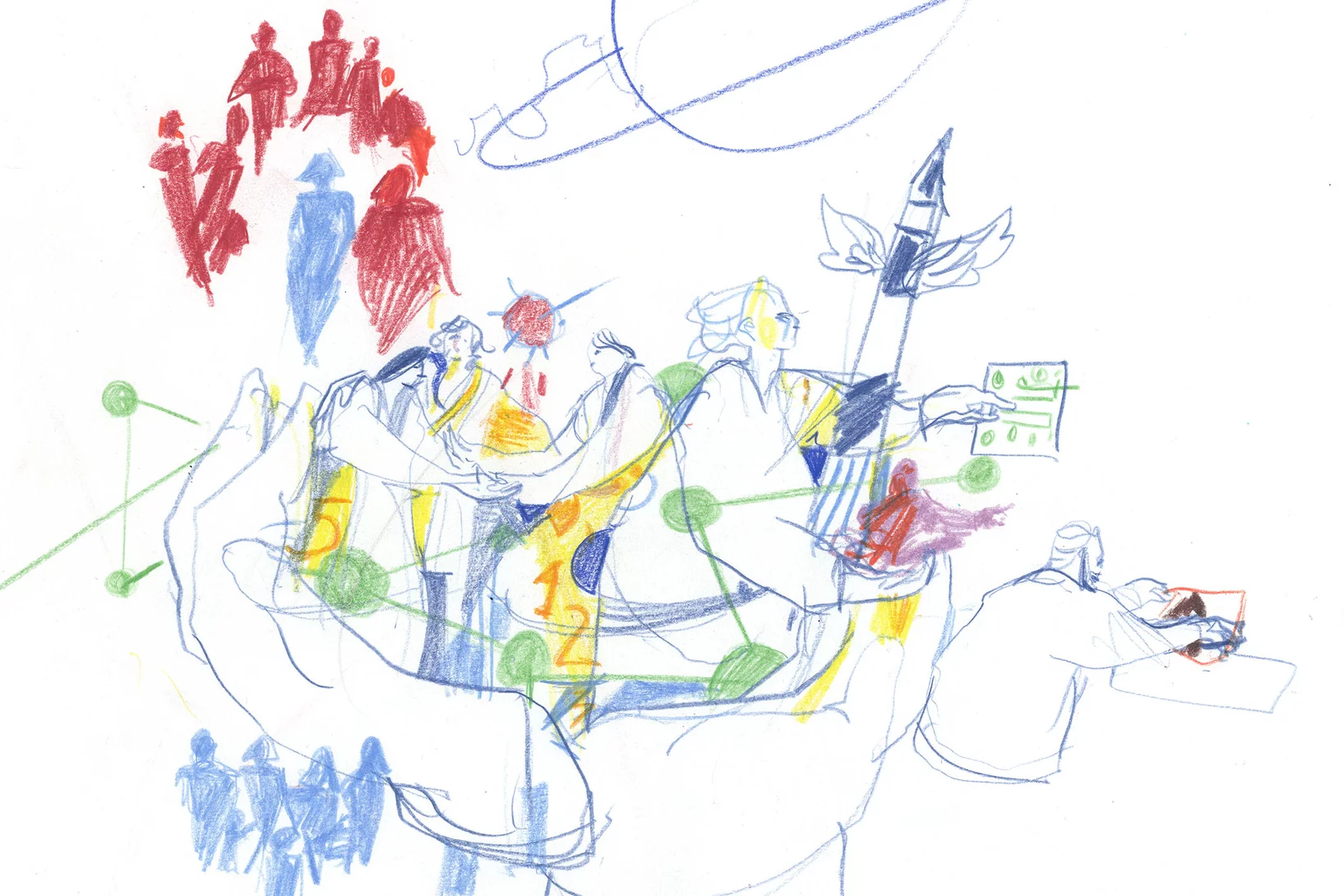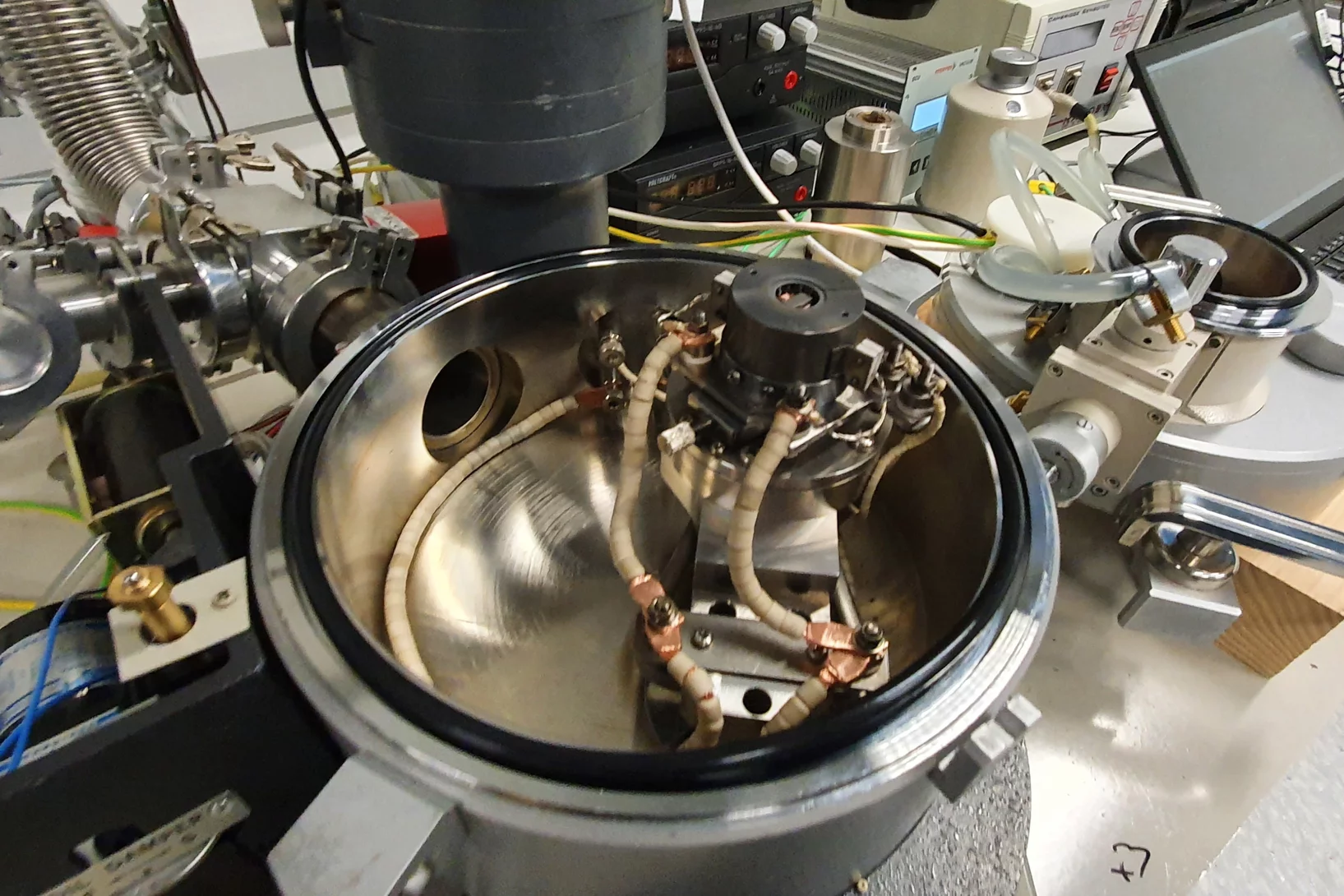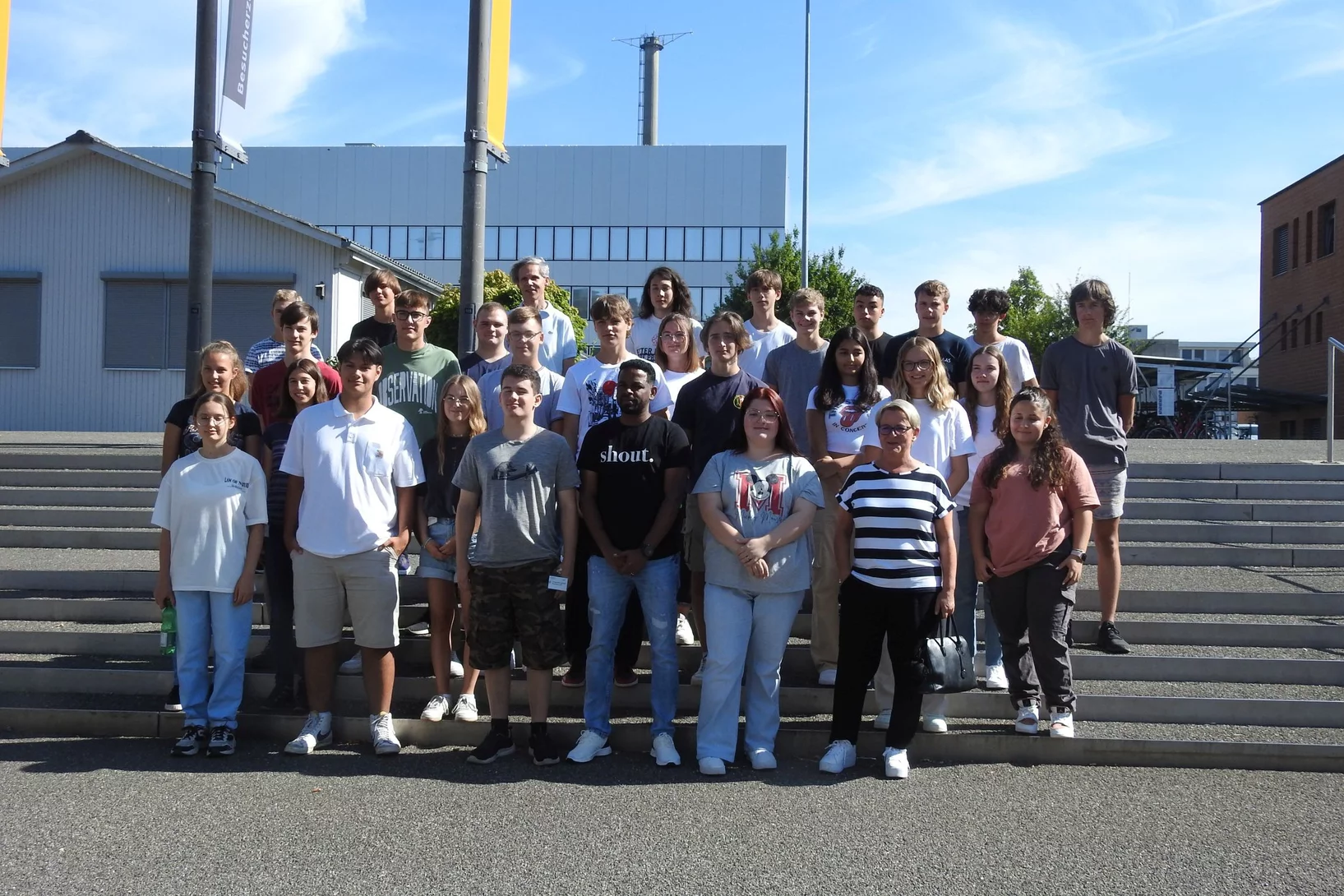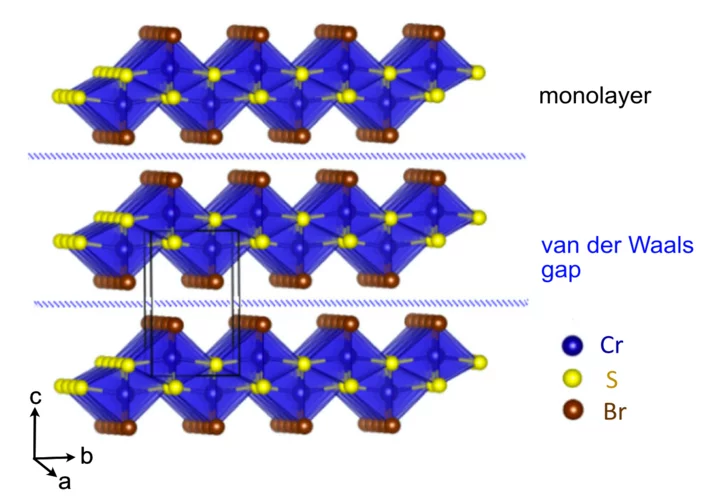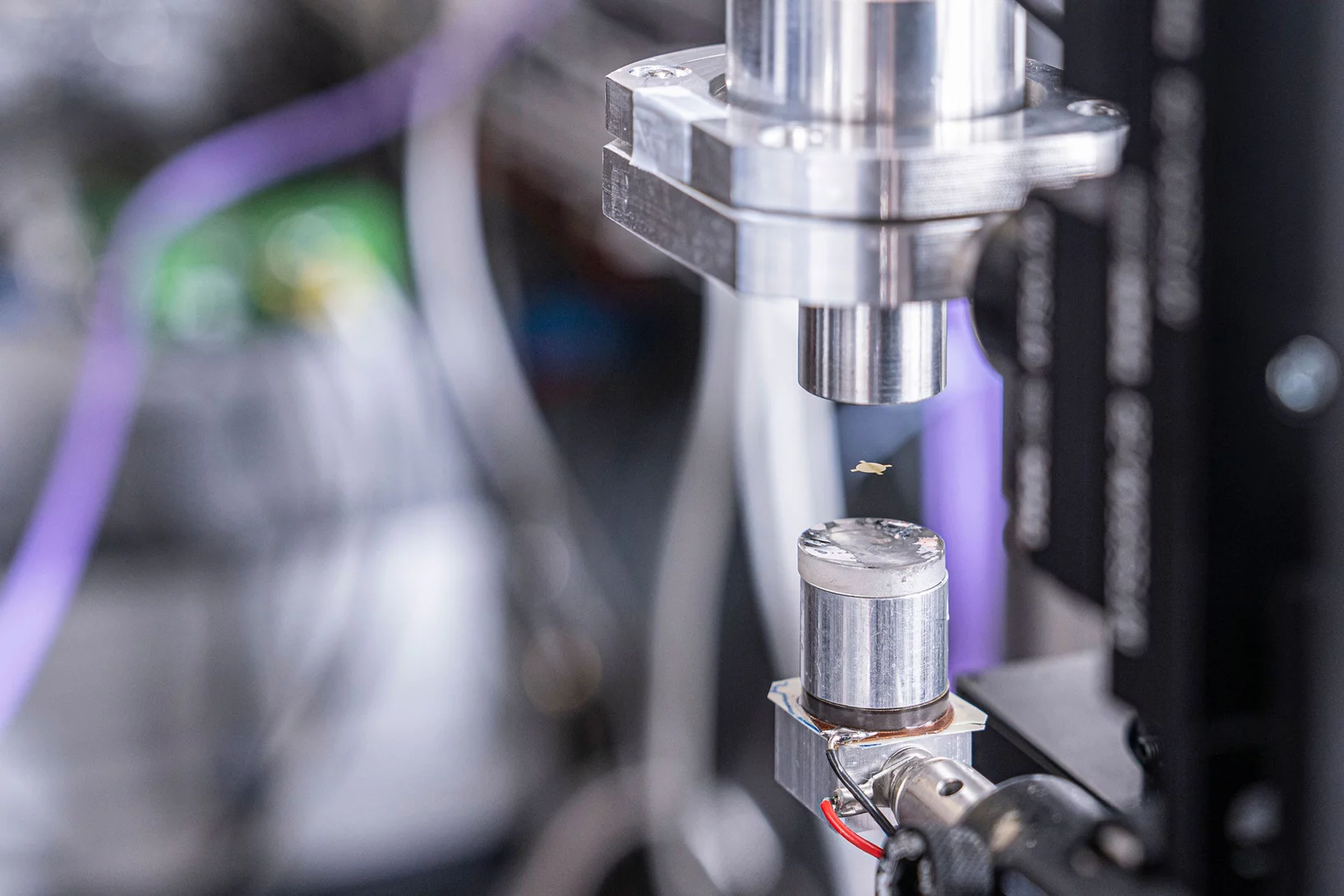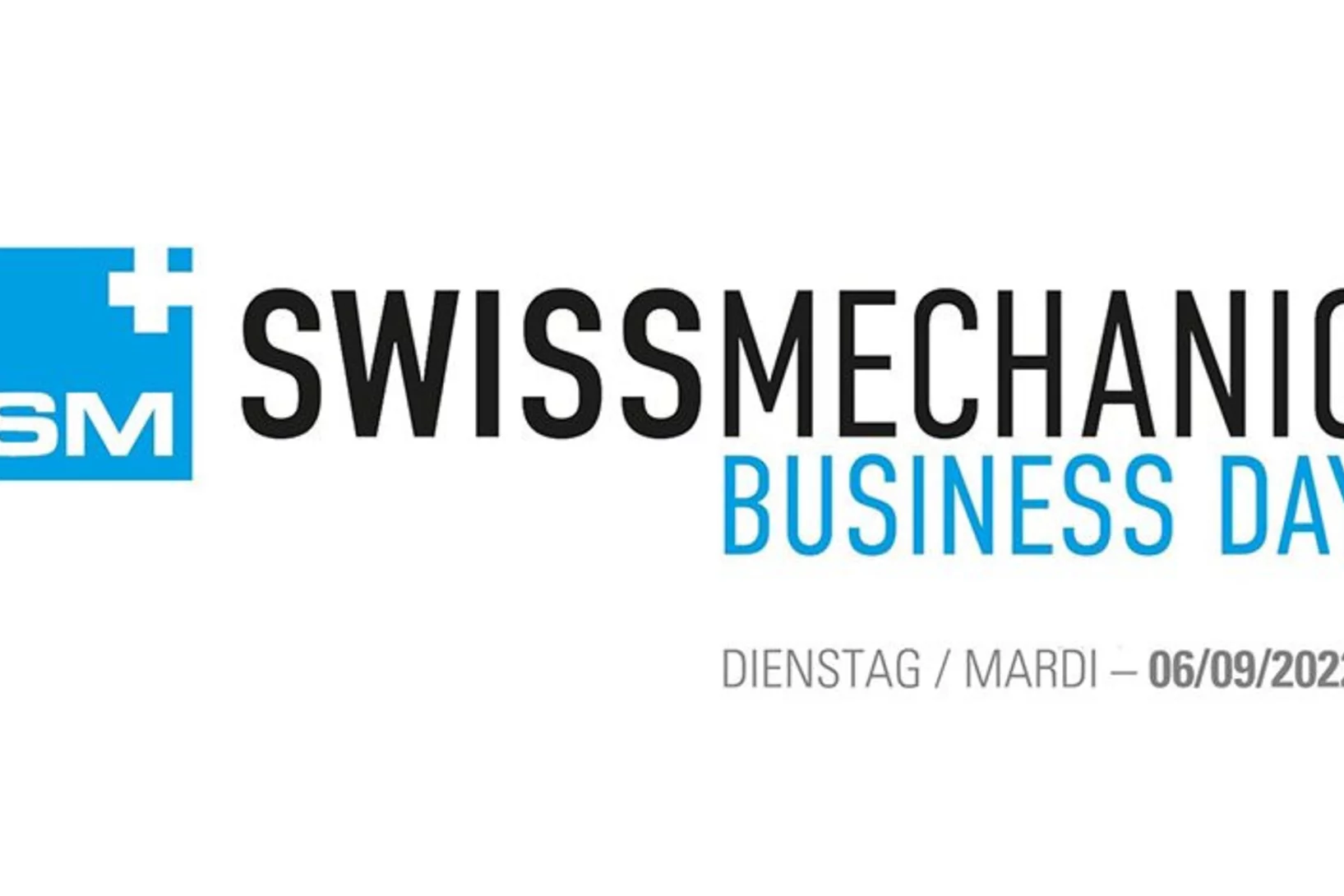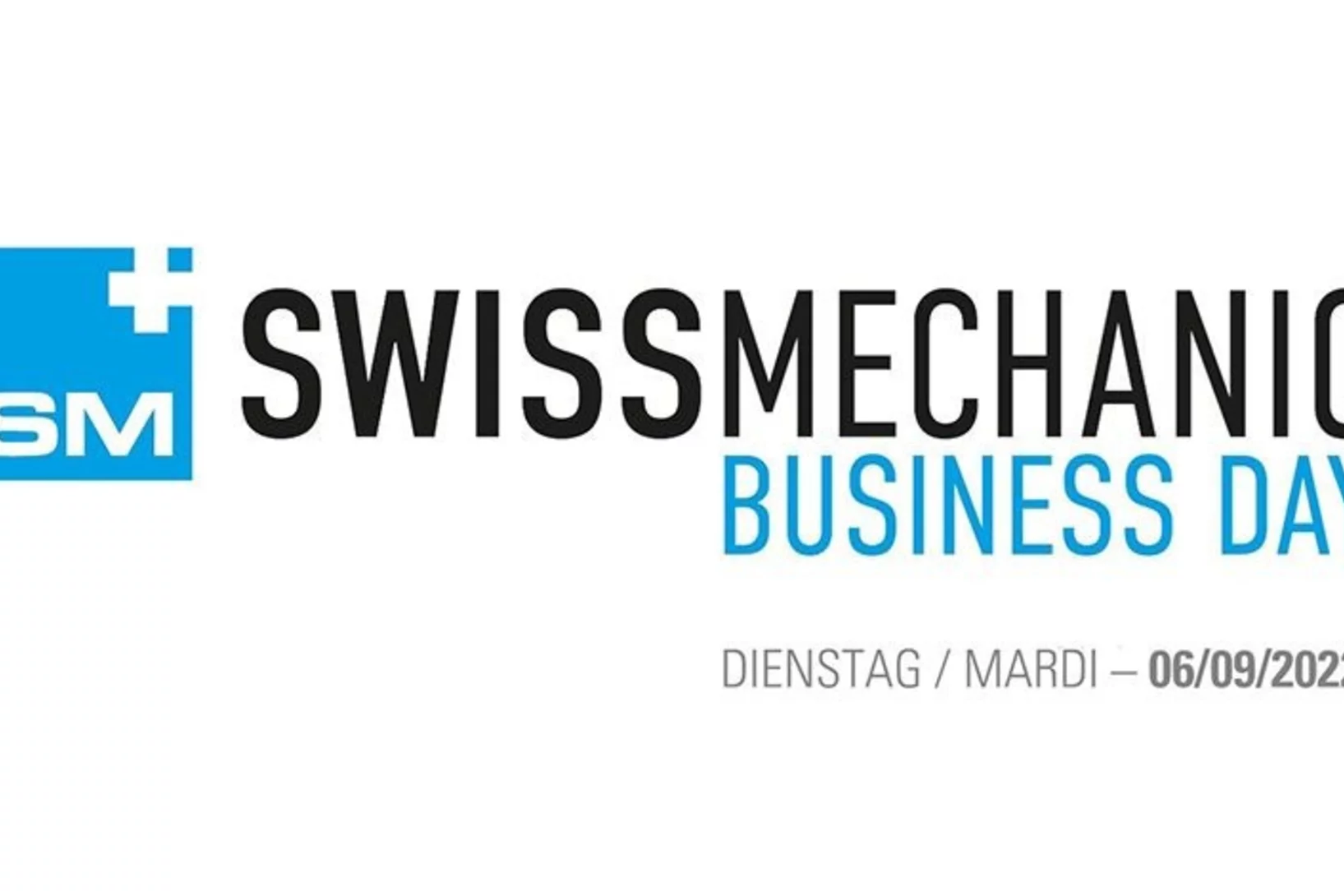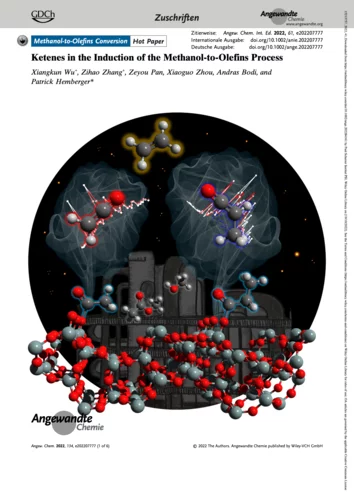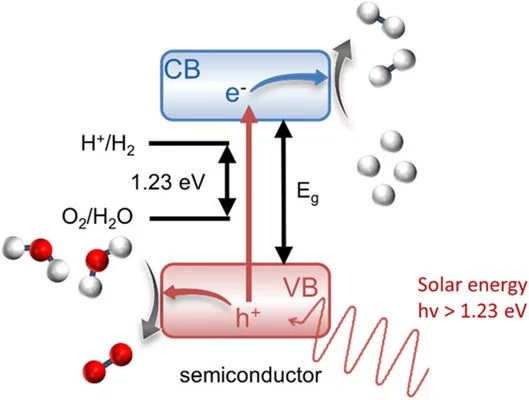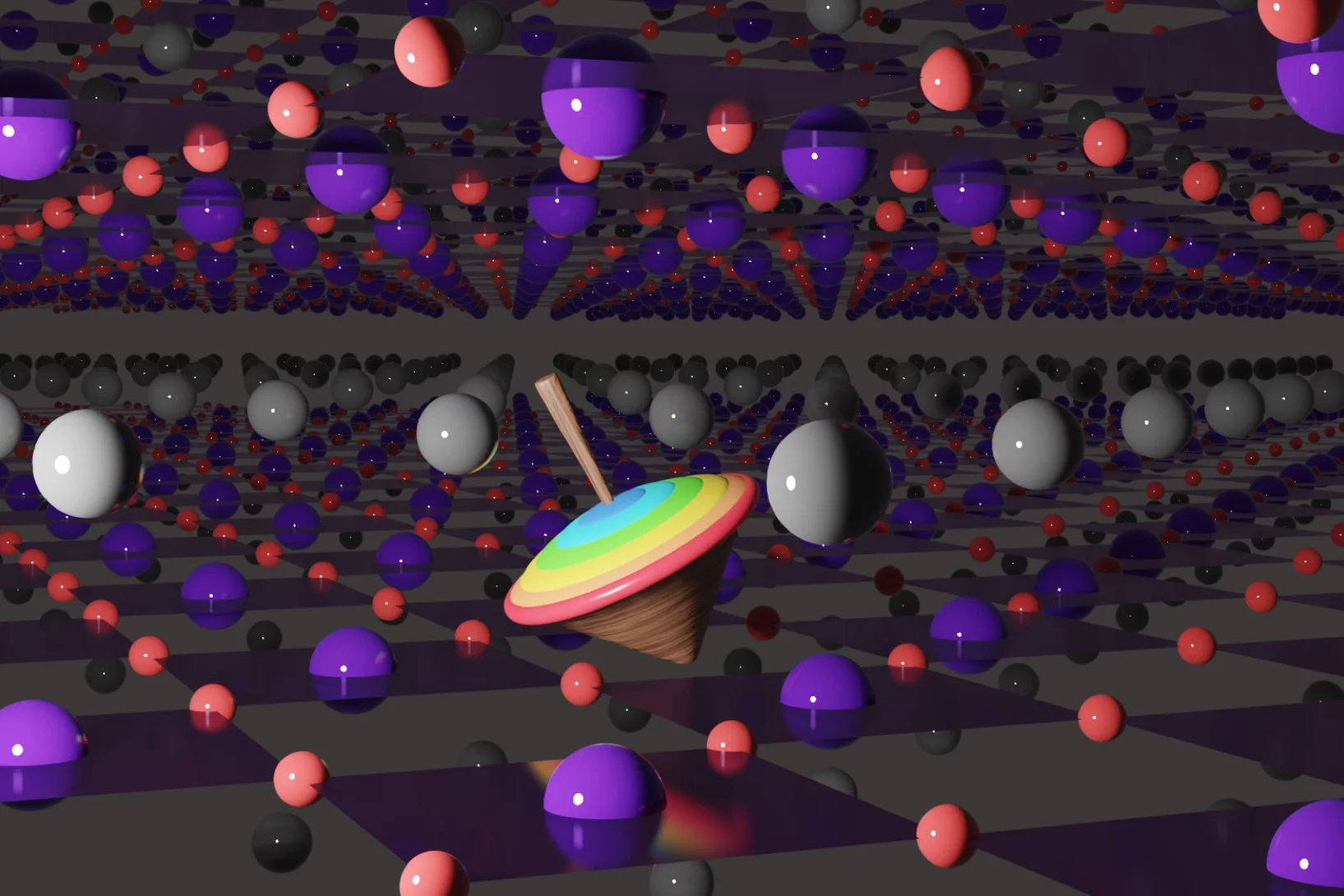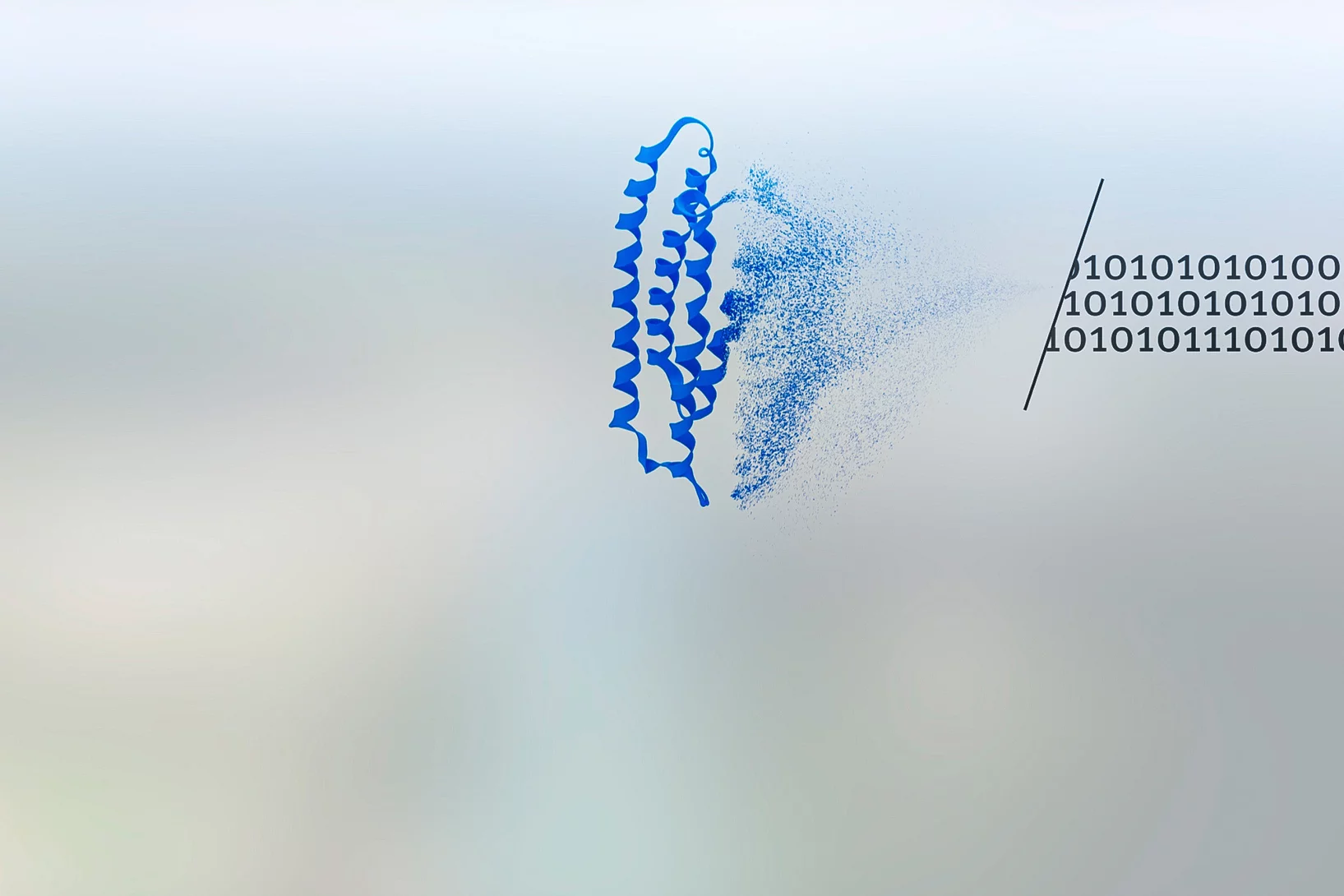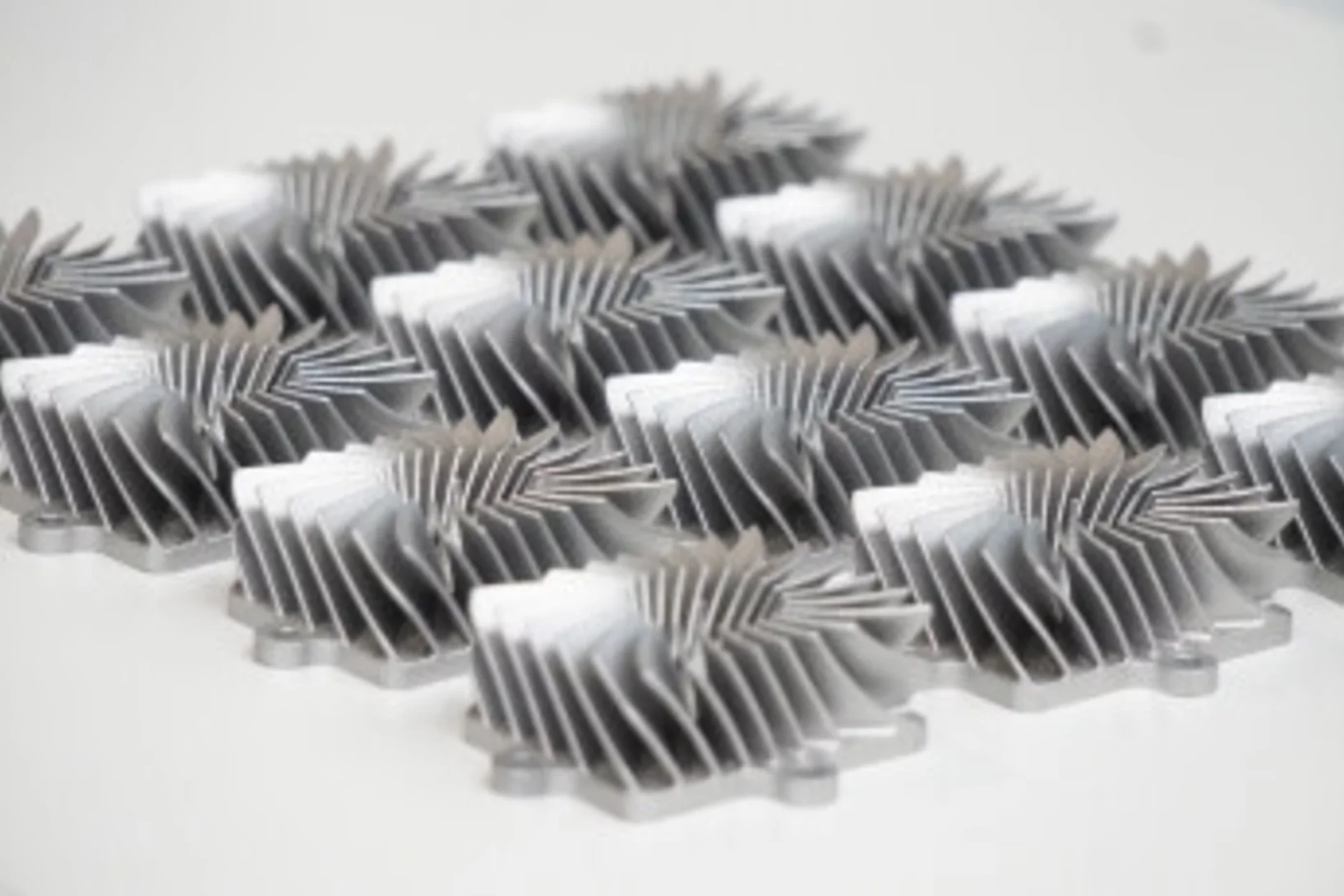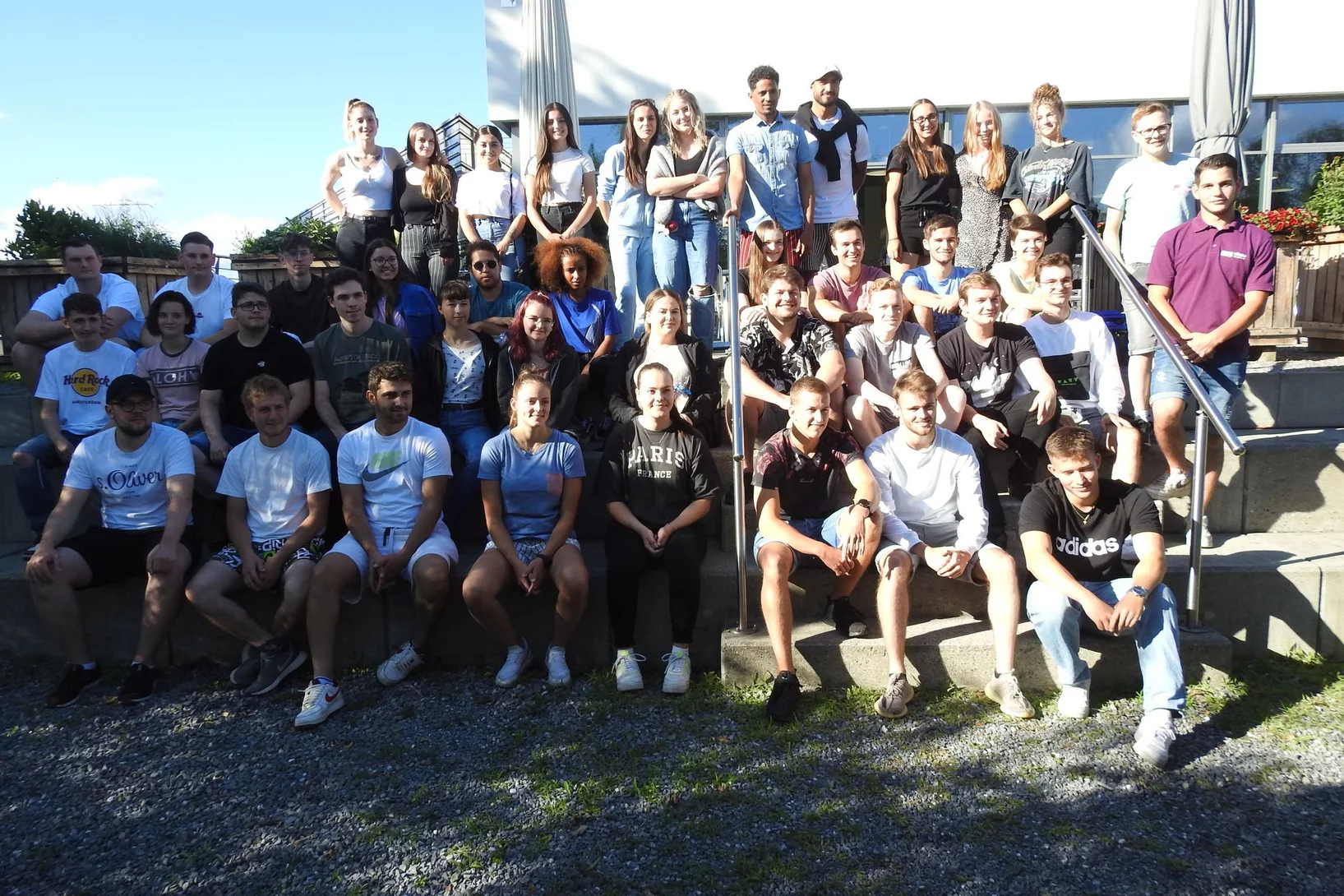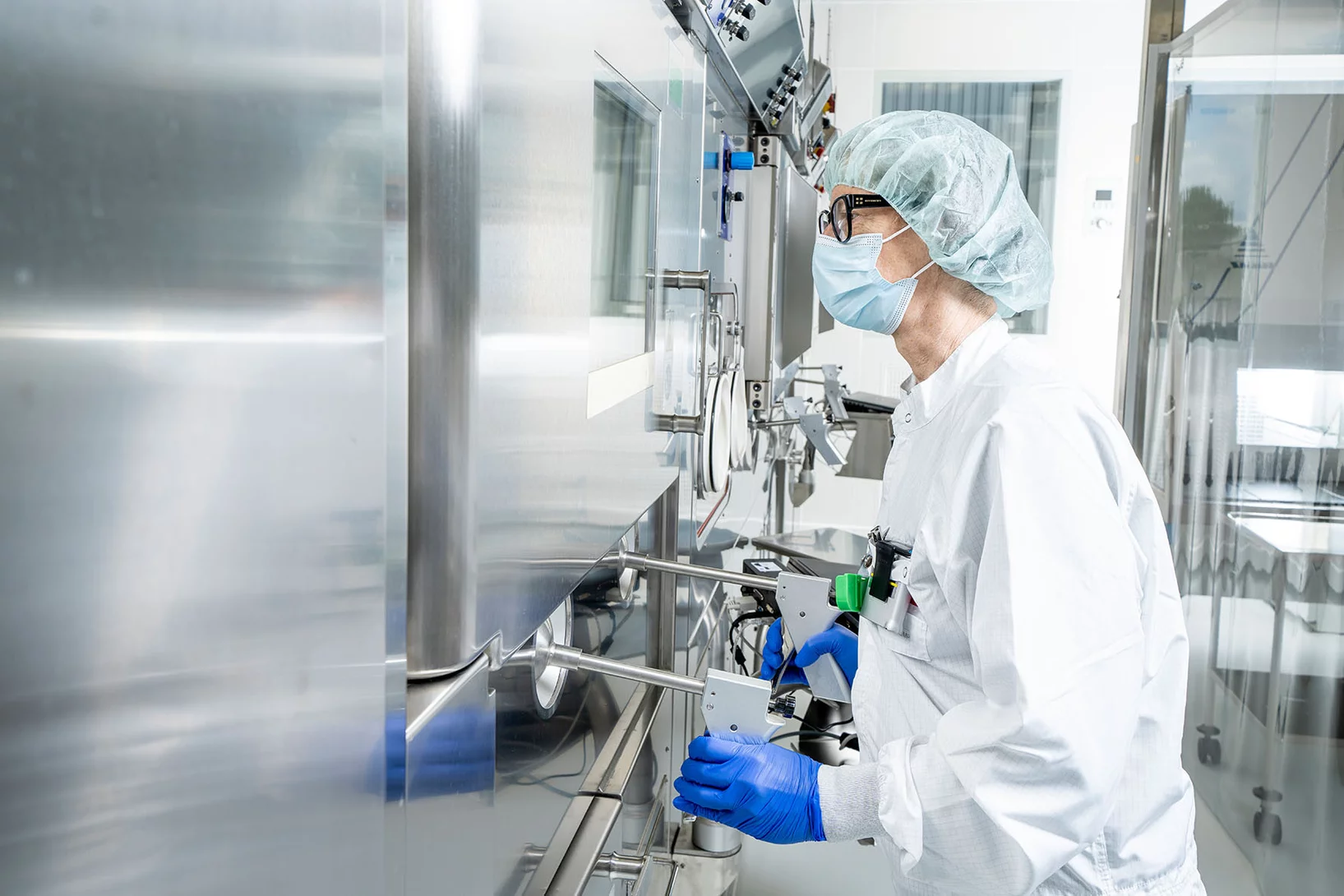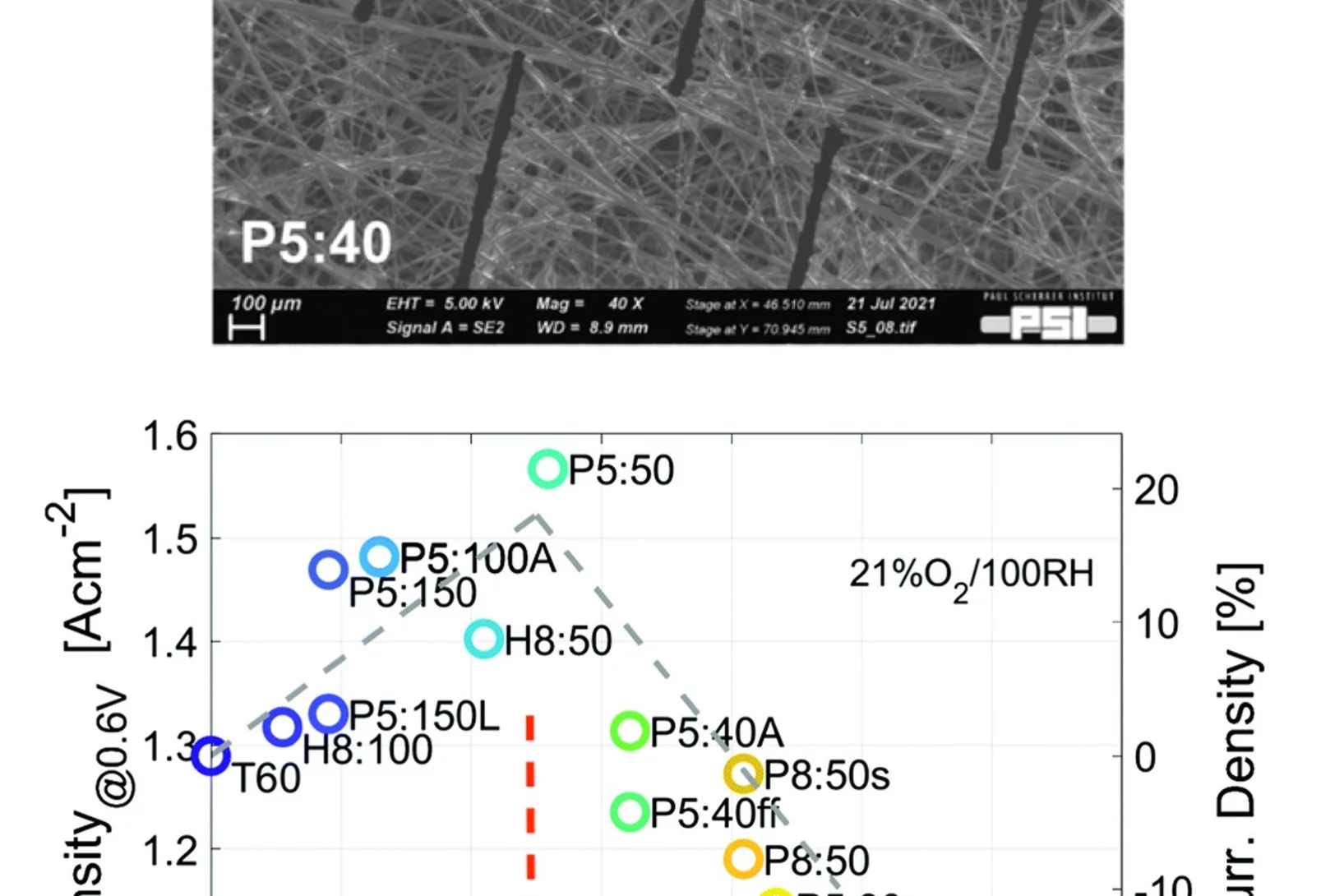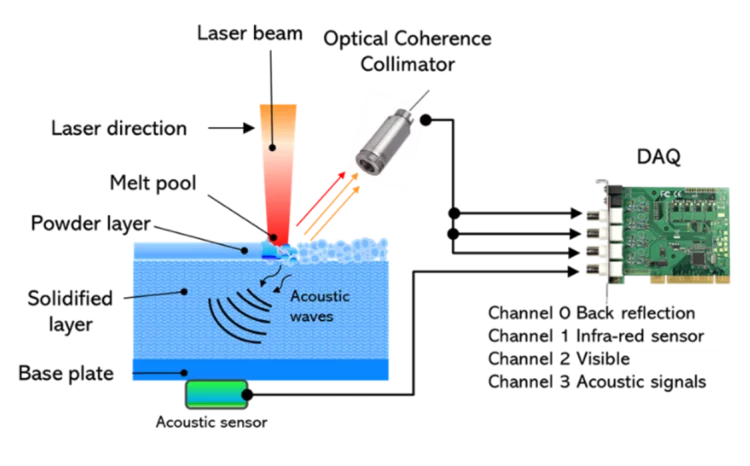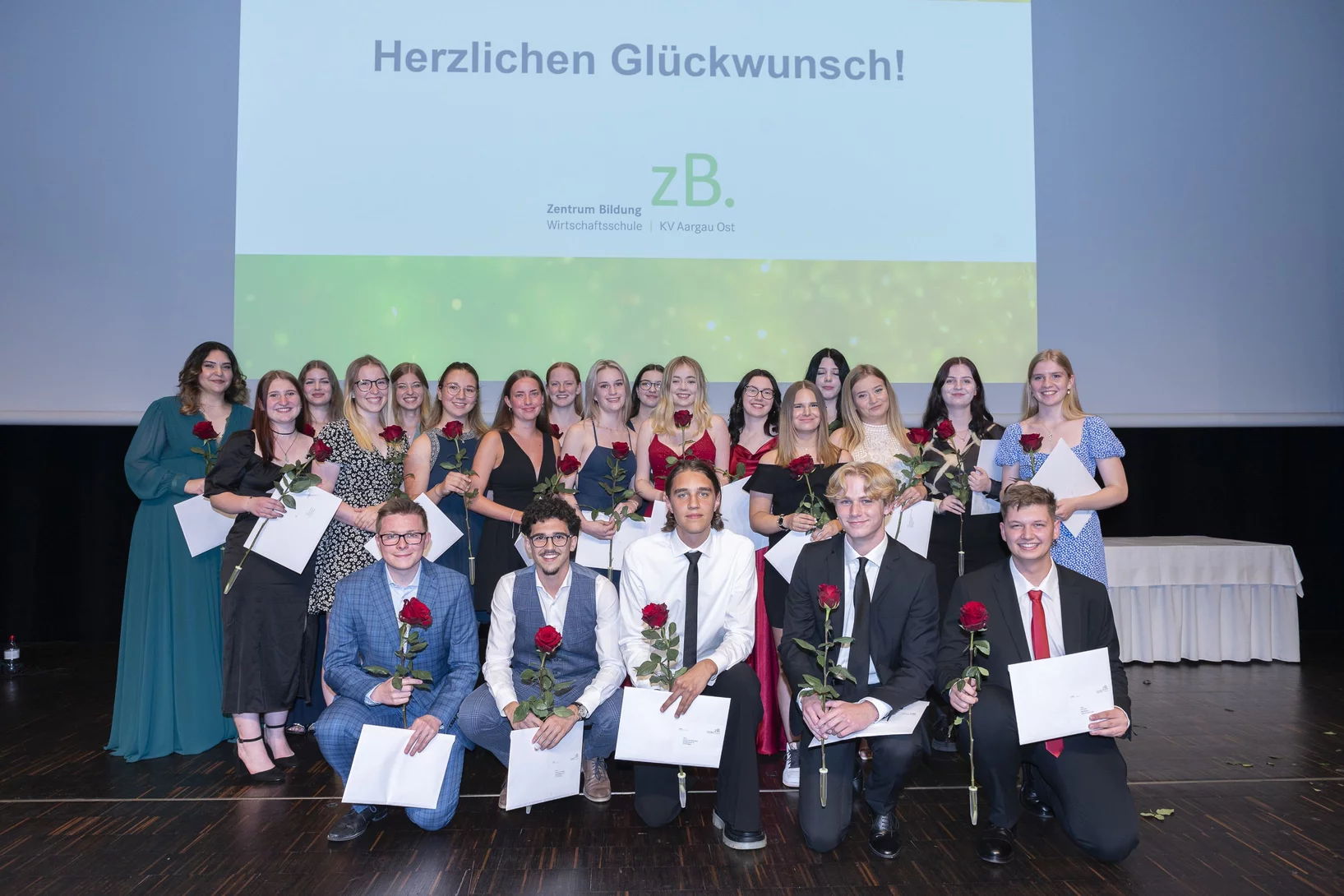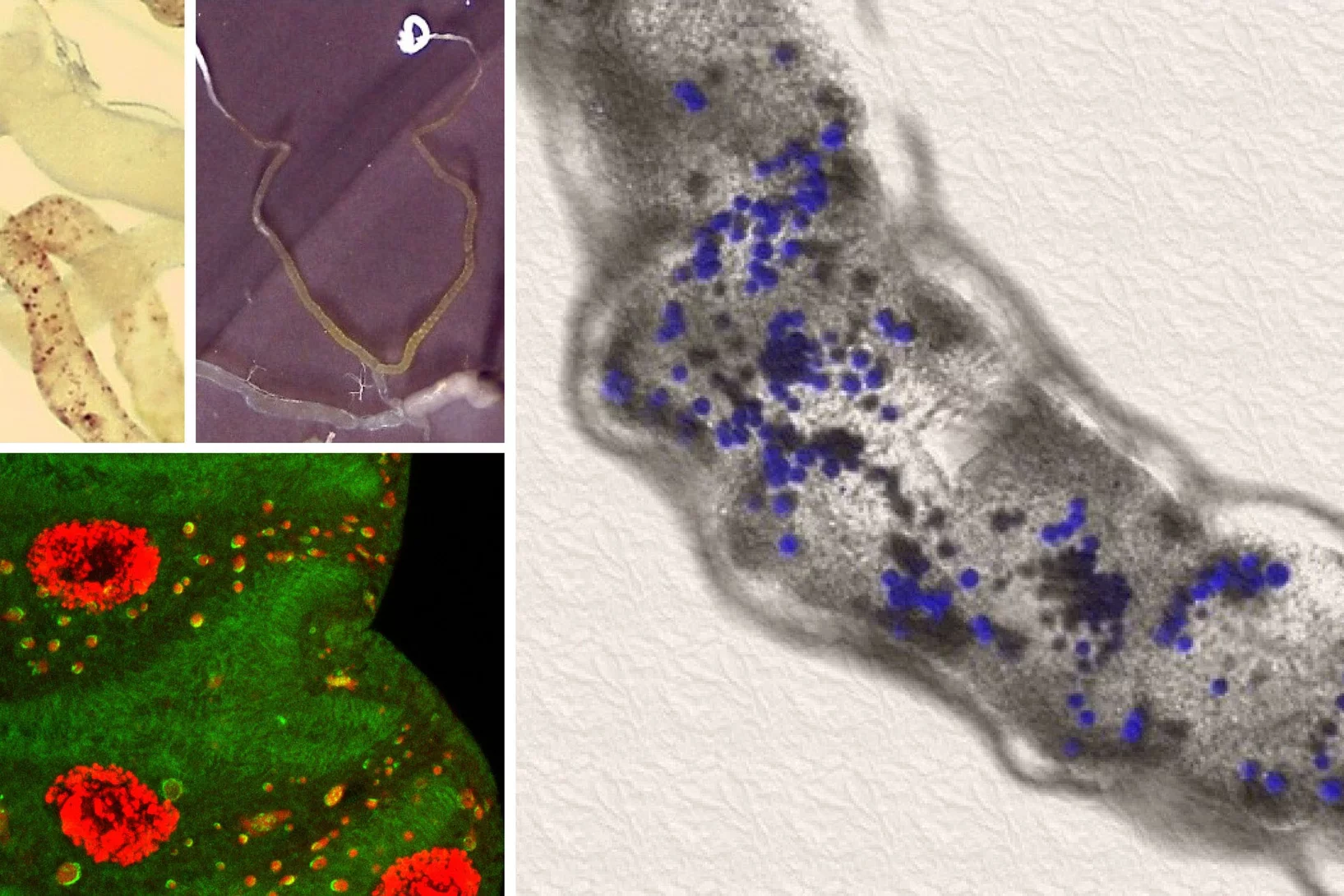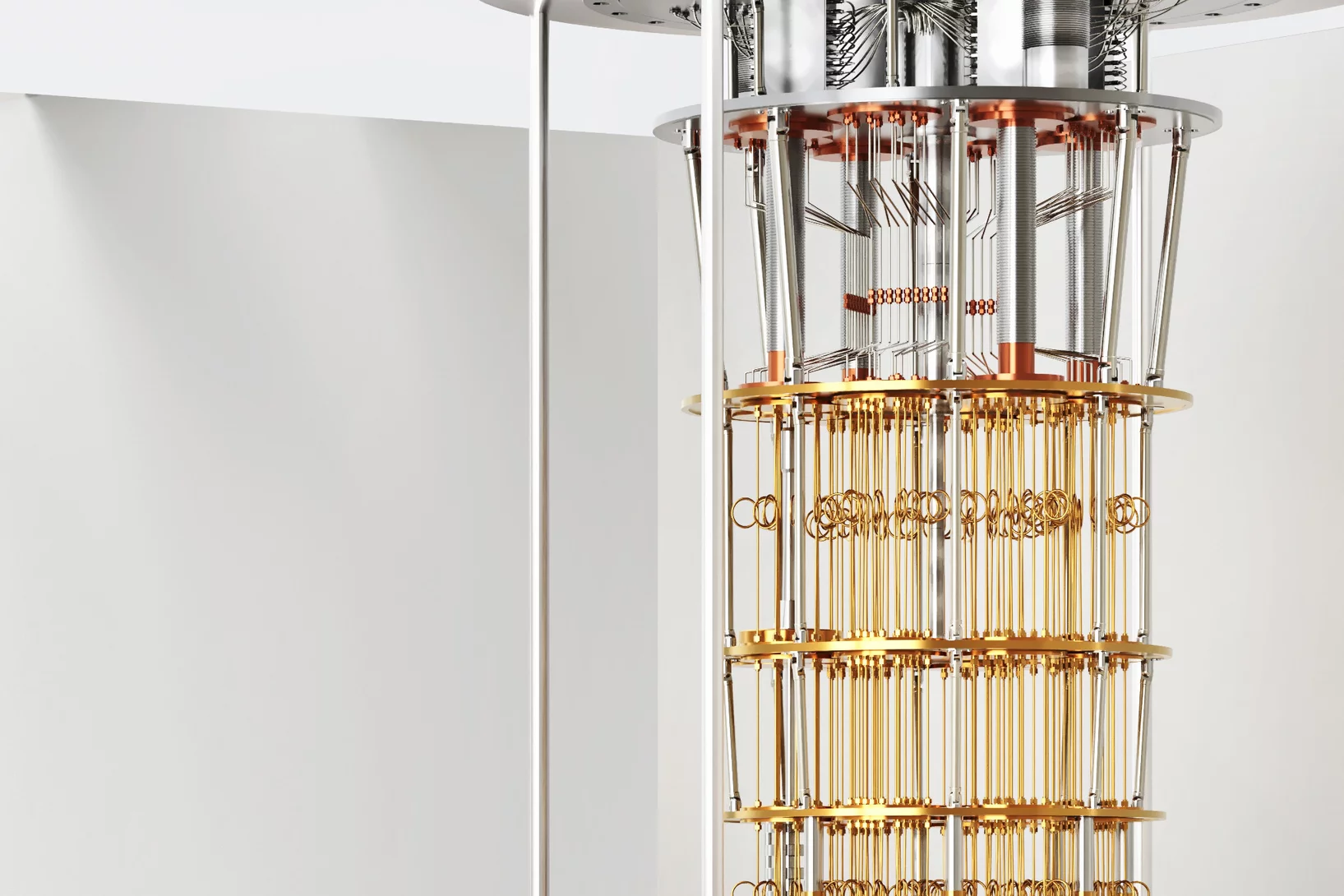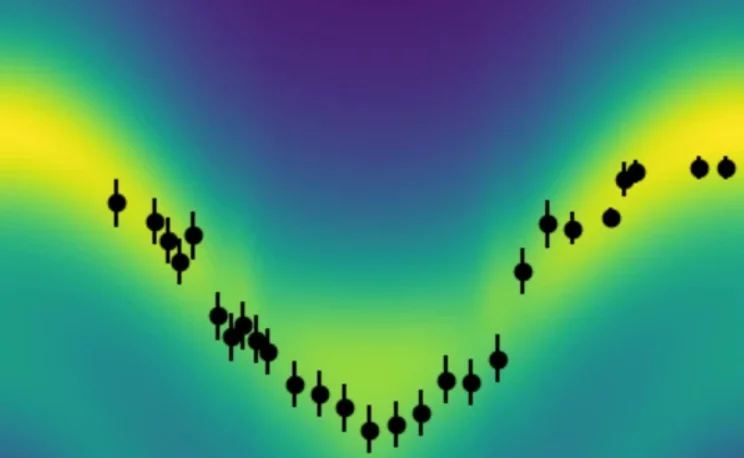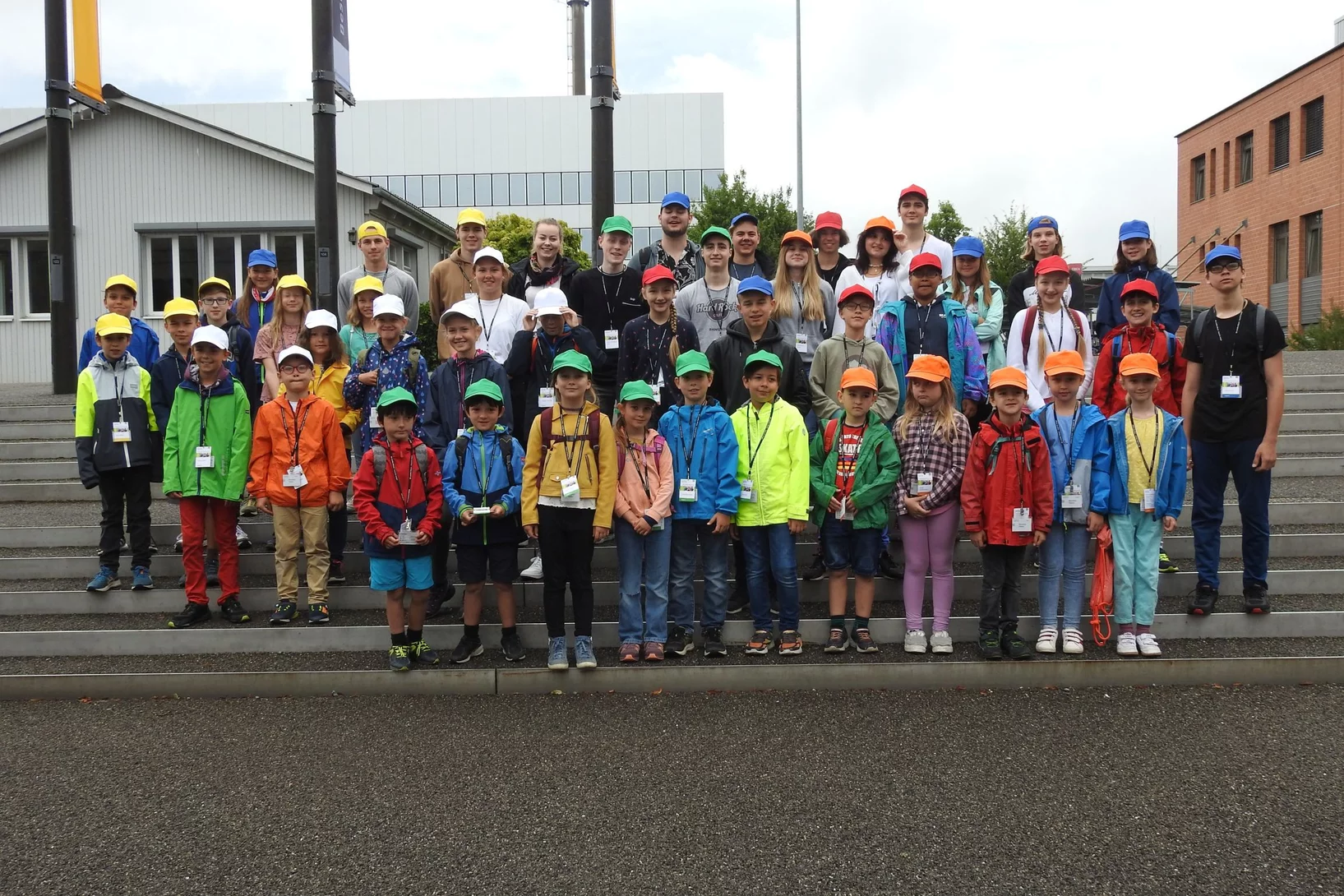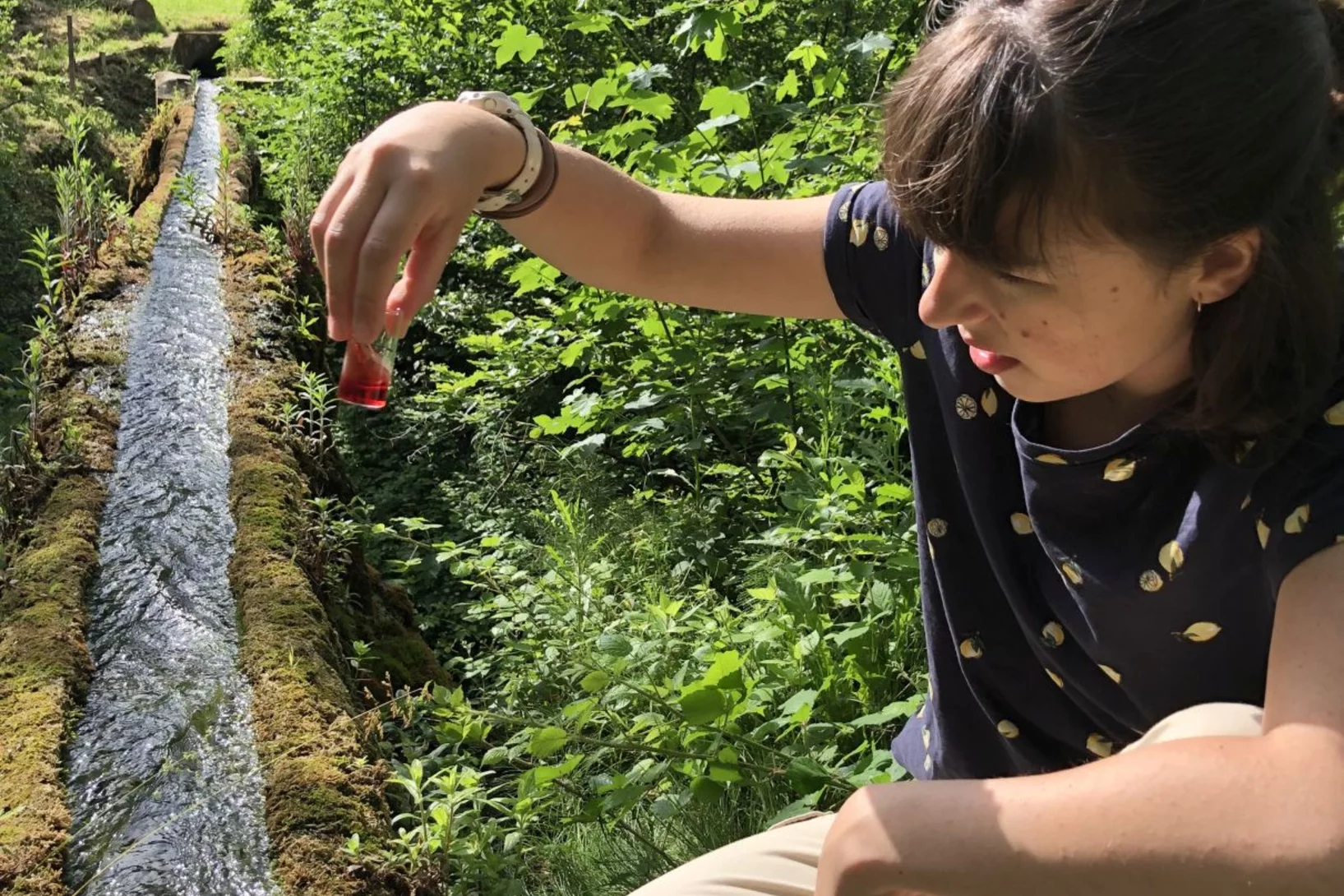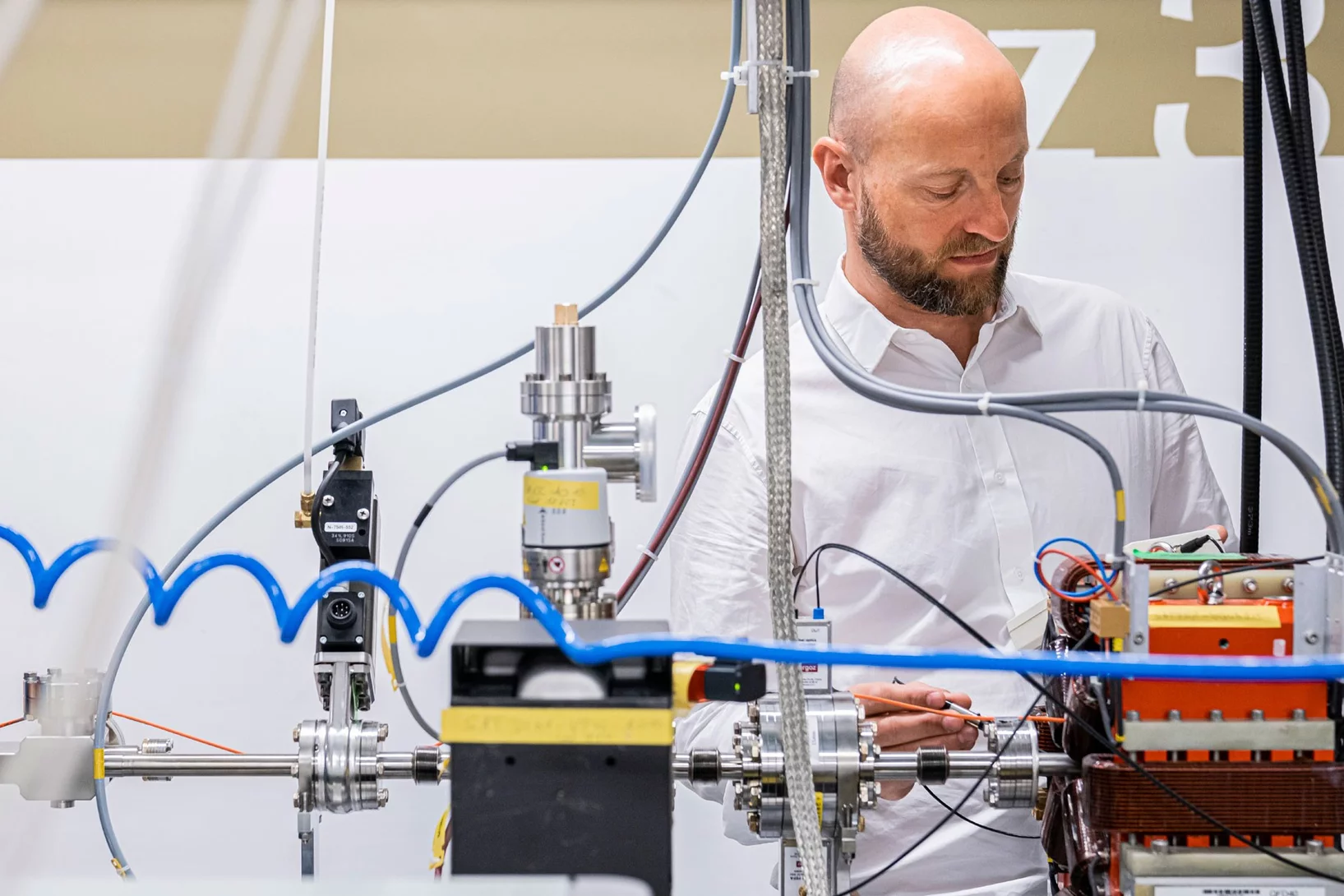Researchers at the Paul Scherrer Institute PSI are looking for answers to essential questions concerning the underlying structures of matter and the fundamental principles of nature. They study the composition and properties of elementary particles – the smallest building blocks of matter – or investigate the structure of biological molecules and how they perform their function. The knowledge gathered in this way opens up new approaches to finding solutions in science, medicine and technology.
Find out more at Overview Fundamentals of Nature
Thomas Mortelmans receives the Swiss Nanotechnology PhD award
Thomas Mortelmans has been a PhD at the Laboratory for X-ray Nanosciences and Technologies for the last four years. He recently defended his PhD-thesis at the University of Basel entitled: "The development of a nanofluidic particle size sorter and its biomedical sciences" and was awarded the grade of summa cum laude.
Weird fossil is not our ancestor
X-ray light solves puzzle of human ancestry
(++ Call closed++) Diversity Award 2022: Call for nominations!
Team members can now nominate their manager for the Diversity Award 2022!
SwissSkills: PSI-Team on board
At this year's "SwissSkills", which will be held in Bern in September, a competition for young professionals with an entrepreneurial mindset will be held for the first time. The topic of entrepreneurship is to be taken into account more and more as part of the education programmes in order to promote initiative and entrepreneurship.
The PSI team, consisting of electronics technician Eric Brouwer, Noah Piqué and computer scientist Janik Meier, has been nominated for the "Entrepreneurship" competition discipline at SwissSkills 2022. We are keeping our fingers firmly crossed for the team for the upcoming competition, where it is not primarily about technical knowledge, but about creativity and own ideas.
More information at:
www.entrepreneurskills.ch
Spin Density Wave versus Fractional Magnetization Plateau in a Triangular Antiferromagnet
We report an excellent realization of the highly nonclassical incommensurate spin-density wave (SDW) state in the quantum frustrated antiferromagnetic insulator Cs2CoBr4. In contrast to the well-known Ising spin chain case, here the SDW is stabilized by virtue of competing planar in-chain anisotropies and frustrated interchain exchange.
Connecting Women in Physics
Through role models and networking, the first “Women in Physics Career Symposium” helps early career researchers stay in physics
Hydrogen-induced softening effect in zirconium alloys
The fuel used for nuclear energy production is normally enclosed in zirconium-based cladding tubes that constitute the first barrier between the radioactive material and the environment. In water-moderated reactors, cladding tubes tend to corrode, generating hydrogen as side product. The study of the hydrogen embrittlement in zirconium alloys is of high relevance for the industry.
Depending on temperature, local hydrogen concentration, and local stress conditions, different hydrogen-induced embrittlement mechanisms can be active in the cladding material: in certain conditions hydrogen in solid solution might cause material softening through a mechanism known as hydrogen enhanced localized plasticity (HELP).
With the goal of determining the conditions necessary to activate the HELP effect in zirconium alloys, samples have been evaluated by different micro-mechanical and macro-mechanical techniques. Results highlight the importance of the interplay between solid solution hydrogen and hydrides on the hardness and yield point of the tested materials.
Einführungswoche 2022
Ohne Masken, eine ganz normale Einführungswoche.
Dynamic magnetic crossover at the origin of the hidden-order in van der Waals antiferromagnet CrSBr
The van-der-Waals material CrSBr stands out as a promising two-dimensional magnet. Here, we report on its detailed magnetic and structural character- istics. We evidence that it undergoes a transition to an A-type anti- ferromagnetic state below TN ≈ 140 K with a pronounced two-dimensional character, preceded by ferromagnetic correlations within the monolayers. Furthermore, we unravel the low-temperature hidden-order within the long- range magnetically-ordered state. We find that it is associated to a slowing down of the magnetic fluctuations, accompanied by a continuous reorienta- tion of the internal field.
PSI’s own brand
Components made to order in PSI’s express workshop
A new spin on sample delivery for membrane proteins
Proteins hover in front of the X-ray beam at a Swiss Light Source beamline. Now, spinning thin films bring on board these trickiest of proteins.
IMPACT on track
IMPACT was awarded the highest ranking in the SNSF evaluation.
PSI at the Swissmechanic Business Day 2022
"ENERGIE - Geht der Schweiz der Strom aus?"
When: 6. September 2022, 9am - 6pm
Where: Halle 622 Zürich-Oerlikon
Language: German
On the Swissmechanic Business Day various renowned speakers offer perspectives from on the topic "ENERGY - Is Switzerland running out of electricity?". Innovations and products will be exhibited, including the Paul Scherrer Institute's ESI Cube - a mobile exhibit of the "Energy System Integration" experimental platform, which is available to research and industry partners. The Cube makes the complex topic of energy storage and conversion comprehensible in a playful way.
Industry decision-makers meet to hear the technical presentations and inform themselves about the newest products and innovation.
The Business Day is an excellent opportunity to get informed about highly relevant and concurrent topics such as the securing of the Swiss energy supply in the years to come or the security of nuclear energy. Make use of this opportunity to network and join!
More information about the detailed program, speakers and event registration can be found here: https://www.swissmechanic.ch/business-day
Deadline for registration: August 16th 2022
PSI at the Swissmechanic Business Day
When: 6. September 2022, 9am - 6pm
Where: Halle 622 Zürich-Oerlikon
Topic: «ENERGIE – Geht der Schweiz der Strom aus?»
Language: German
On the Swissmechanic Business Day various renowned speakers offer perspectives from on the topic "ENERGY - Is Switzerland running out of electricity?". Innovations and products will be exhibited, including the Paul Scherrer Institute's ESI Cube - a mobile exhibit of the "Energy System Integration" experimental platform, which is available to research and industry partners. The Cube makes the complex topic of energy storage and conversion comprehensible in a playful way.
Finding Ketenes in the Methanol to Olefins Process
How are the first olefins formed in the early stages of the methanol-to-olefins process? Detection of two reactive ketene species solves this long-standing puzzle.
Thin-Film Oxynitride Photocatalysts for Solar Hydrogen Generation: Separating Surface and Bulk Effects Using Synchrotron X-Ray and Neutron-Based Techniques
The conversion of solar light into hydrogen by photoelectrochemical water splitting is one of the potential strategies that can allow the development of a carbon-neutral energy cycle. Oxynitride semiconductors are promising materials for this application, although important limitations must still to be addressed. One of the most important issues is physicochemical degradation of the semiconductor, at the interface with water, where the electrochemical reactions occur. In this regard, thin films, with well-defined and atomically flat surfaces, are invaluable tools for characterizing material properties and degradation mechanisms, while identifying strategies to mitigate detrimental effects. Thin oxynitride films may allow the use of complementary characterizations, not applicable to conventional powder samples. In particular, the study of the solid–liquid interface can benefit enormously from the use of thin films for synchrotron-based surface-sensitive X-Ray scattering methods and neutron reflectometry. These investigation approaches promise to speed up the design and discovery of new materials for the production of solar fuels, while paving the way for similar applications in other research fields. This work aims at reviewing the literature contributions on oxynitride thin films for solar water splitting summarizing what is learnt so far and suggesting experimental strategies to unveil what is still not clear.
Nickelate superconductors are intrinsically magnetic
Waves of magnetic excitation sweep through this new material whether in superconducting mode or not – another clue to the mystery of loss-less electric currents.
Big Data at PSI
A short number crunching about the annual data volume at PSI
Innovation event: Quality assurance of 3D-printed metal components
When: 8 September, 12:45 - 18:00 h
Where: PSI Villigen Switzerland
The event "Quality Assurance of 3D-printed Metal Components" deals with the challenges, needs and problems regarding to the quality of 3D-printed components.
The cross-ING AG, Inspire AG and ANAXAM are jointly organising this event at PSI, which is aimed primarily at industrial users. The focus is primarily on quality in the area of tension between the three aspects of "quality - costs - material".
Learn more about the opportunities and challenges of additive manufacturing and take advantage of the opportunity for discussion and networking.
Language of the event: German.
More information on the detailled programme, the speakers and registration can be found here:
https://www.anaxam.ch/de/QSmetalAM-2022
Lehrlingsevent 2022 wurde wieder durchgeführt
Die vier Gewerbevereine des Zurzibiet laden zum gemütlichen Lehrlingsevent ein.
Swissmedic grants operating licence for new radiopharmaceutical production facility
From research to production – the new pharmaceutical lab at PSI supplies neighbouring hospitals with novel cancer drugs.
High performance gas diffusion layers with added deterministic structures
Hydrogen will play an important role in a future energy system based on renewable sources, providing energy storage, being a base material for industry and an energy carrier in transport applications. For the efficient electrification of hydrogen, polymer electrolyte fuel cell technology is developed and applied today in trucks, passenger cars and stationary applications. It is envisaged that even more demanding applications such as airplanes may follow. For road transport applications an increase in power density is required to further reduce cost and future applications may need these advances to be technically competitive. In this work we describe a novel concept for gas diffusion layers, highly important for achieving high fuel cell power densities.
Deep learning-based monitoring of laser powder bed fusion processes
We present a novel monitoring strategy for 3D print processes that consists of developing and training a hybrid machine learning model that can classify regimes across different time scales based on heterogeneous sensing data.
BM- und BS-Abschlussfeiern 2022
In verschiedenen Berufs- und Berufsmaturitätsschulen wurden die erfolgreichen Abschlüsse gefeiert. Wir sind stolz auf unsere Lernenden und ihre tollen Leistungen!
The chemical complex that regulates body zinc storage
Zinc deficiency compromises the immune system and is a global public health problem. Through experiments at the Swiss Light Source SLS and BESSYII, researchers gained new insights into zinc storage, with implications for understanding COVID-19 severity.
Solving the unsolvable
PSI and ETH Zurich have founded the Quantum Computing Hub, where top researchers work together on concepts for quantum computers.
Dipolar spin-waves and tunable band gap at the Dirac points in the 2D magnet ErBr3
Topological magnon insulators constitute a growing field of research for their potential use as information carriers without heat dissipation. We report an experimental and theoretical study of the magnetic ground-state and excitations in the van der Waals two-dimensional honeycomb magnet ErBr3. We show that the magnetic properties of this compound are entirely governed by the dipolar interactions which generate a continuously degenerate non-collinear ground-state on the honeycomb lattice with spins confined in the plane.
2022 Feriencamp
Dieses Jahr konnten wir mit 34 Kinder von PSI-Mitarbeitenden das Feriencamp durchführen. Dank den vielen Helfenden verbrachten die Kinder eine interessante und tolle Woche am PSI. Herzlichen Dank allen, welche diese Woche möglich machen!
Mühlebach
Nachdem der Mühlebach im Lehrlingslager 2019 saniert wurde, hat der Verein Kultur am Mühlebach Böttstein festgestellt, dass die Kalkablagerungen wieder zunehmen. Paula M., Lernende Chemielaborantin EFZ im 3. Lehrjahr, nahm verschiedene Messungen vor, um den Kalkgehalt im Wasser zu untersuchen.
Athos just got even better
An ambitious upgrade at the soft X-ray beamline of the free electron laser SwissFEL opens up new experimental capabilities.

